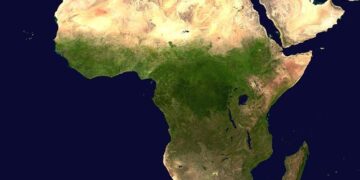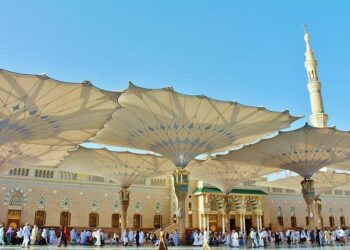The Tension Between Ecology and Urban Growth in Karachi: A Chat with Photographer Salman Baloch
Introduction to the Urban Landscape of Karachi
Karachi, a bustling metropolis located on Pakistan’s southern coast, faces a critical crossroads where urban development conflicts with ecological sustainability. The city’s rapid growth has led to significant environmental degradation. To gain insights into these pressing issues, we spoke with renowned photographer Salman Baloch, whose work captures the delicate balance between nature and urban sprawl.
The Environmental Challenges Faced by Karachi
As one of the largest cities in the world, Karachi is grappling with severe environmental challenges. Air pollution statistics from recent studies indicate that air quality in certain areas exceeds safe limits by more than 300%. Additionally, waste management systems are overwhelmed as rapid population growth results in exponentially increasing waste generation—projected to reach over 15 million tons annually by 2025.
Photographic Narratives: A Lens on Nature
Salman Baloch utilizes his photography to document not only structural transformations but also the region’s rich biodiversity that is often overlooked amidst urban expansion. His works emphasize how native species are being threatened due to construction activities and habitat destruction. “When I take my camera into nature,” he explains, “I aim to reflect both its beauty and its fragility.”
Highlighting Biodiversity Loss
Baloch’s images serve as powerful reminders of what is at stake: unique flora and fauna slowly disappearing under concrete developments. For instance, recent surveys have shown that indigenous birds such as Sindh Red-wattled Lapwing have seen a decline of over 30% in their populations due to habitat disruption largely induced by urban constructions.
Development: A Double-Edged Sword
While economic progress can bring job opportunities and infrastructure improvements necessary for development,salient consequences abide alongside these benefits. Rapidly expanding industrial zones exacerbate climate impacts—not just locally but globally—with increased greenhouse gas emissions contributing significantly towards climate change.
Balancing Progress With Preservation
According to Baloch, achieving equilibrium between ecological conservation and developmental needs requires innovative approaches from both governmental bodies and local communities alike. “Engaging stakeholders,” he asserts, “to create sustainable city plans will ensure we do not sacrifice our environment for short-term gains.” This means fostering projects that respect natural landscapes while still facilitating economic advancement—a plea many local activists resonate with.
Conclusion: Hope Through Action
while Karachi’s progress might seem unavoidable amid an evolving global landscape; it remains crucial for citizens and governments alike—including perspectives like Salman Baloch’s—to prioritize sustainable practices within future developments actively addressing ecological concerns head-on. Collective action can indeed shape a harmonious existence where urban living coexists without erasing natural legacies—a beacon of hope in this complex scenario facing modern cities around our planet today.































